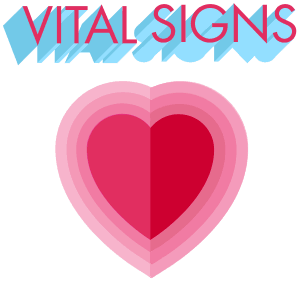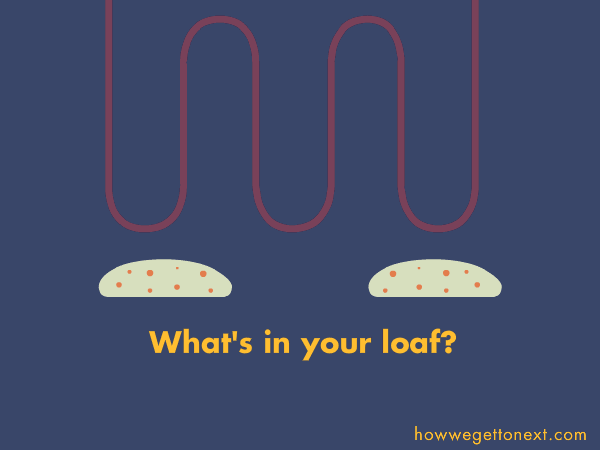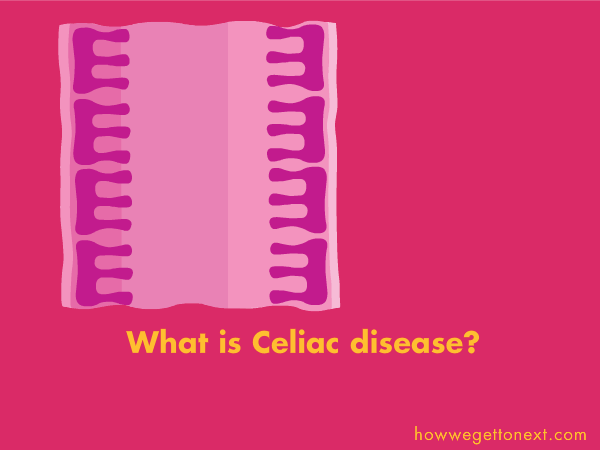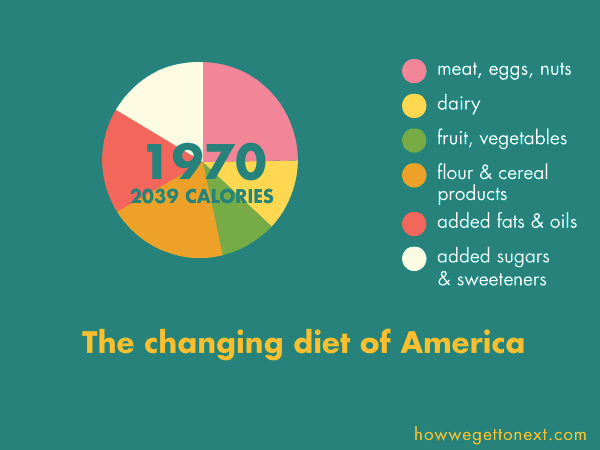

Gluten is a boogeyman, one that stalks a bakery or supermarket aisle near you. Judging from the number of gluten-free products that have made their way into even the most pedestrian of stores, it seems like anti-gluten diets have reached the God tier of dietary fads. In fact, growth in gluten-free sales has jumped by double digits each year for the last five in the United States, and analysts expect this to continue until at least 2019. This isn’t an Atkins; it’s a lactose intolerance-level of ubiquity.
But what is gluten?
OK, that’s cheating–you can’t take a few cherry-picked interviews with people running in a park (in Los Angeles no less) and use it as evidence that everyone’s avoiding gluten for no reason.
We can look at surveys by polling companies, though. Gallup found that one in five Americans is currently trying to avoid gluten in foods. (Also, that number is higher–one in three–for white people, in particular.) While obviously the majority of people don’t care one way or the other about gluten, one in five is still a decent number. It’s also much, much larger than the number of people (one out of 100) who have the most recognized gluten-related illness, celiac disease.
But we’re getting ahead of ourselves.

So–what is gluten?

There’s not much to it, really. Gluten is found in grains–wheat, barley, rye, that sort of thing–and is just a mixture of two proteins, glutenin and gliadin. Together they make for a sticky, web-like material which is exceptionally good at trapping air. (This video is a good explanation–you can blow up some gluteny dough like a balloon!) Gluten is Latin for “glue.”
That’s really all it is. Without it, you can still make breads, cakes, and pastries, but the texture and taste will be different–”off” somehow, less airy or chewy.
Gluten, on its own, is of no nutritional value. Your body pretty much ignores it as it goes through the stomach and intestines, eventually coming out as part of excrement. Gluten-free diets can be justified, in part, because gluten is alleged to cause a range of subtle health problems, from bloating to “mental fog.”
It shouldn’t, in theory. However, that’s not quite the whole story, because of celiac disease.


Gluten is mostly harmless, but in something like one percent of the population–although that’s a figure up for some considerable debate–it causes celiac disease. This autoimmune disease occurs when the gut mistakes one of gluten’s proteins, gliadin, for something malicious and attacks it, along with the wall of the small intestine. Bloating, cramps, and more follow.
Laughing at diet fads is easy, but it can also obscure the fact that there are people for whom specific diets actually suit their health and nutrition needs. (Not all diets, of course!) Celiac disease is a case in point–I have a friend with it, and it’s a genuine cause of distress and pain. Gluten-free options on menus in restaurants have made eating out in the hipster parts of the city easier for her, but they’ve also left people thinking that she’s chasing a craze.
Celiac disease is more common than, say, nut allergies, but it’s also not as dangerous, which contributes to the lack of seriousness with which it’s met. It’s only in recent years that rates of the disease have increased; decades ago doctors weren’t diagnosing it properly–it’s still often confused with IBS, for example, or a wheat allergy.
Yet there’s another, more controversial type of gluten intolerance–non-celiac gluten sensitivity (NCGS). Quite what this is, though, is still debatable. Only recognized by some medical experts for five years or so, it’s an umbrella term that covers instances where something seems to go wrong when a person eats gluten (containing gliadin), but not in the same way that it goes wrong with those with celiac disease. It’s diagnosed when the absence of gluten makes someone feel better; other than that, the jury’s out. As many as one in 10 Americans claim to experience it, which is remarkable for something that didn’t even seem to exist a few years ago.

So, why might we be more aware of gluten now? Well, changing diets are a clue.

People eat more than they used to–not a surprise, sure. But what’s interesting is that Americans are eating almost the same proportions of food as they did 40-plus years ago, except for in two categories: flour & cereal products, and added fats & cooking oils. Together they make up roughly 500 calories more, per day, for the average American.
So, it could be that more people are finding they have a sensitivity to gluten of some kind simply because everyone’s eating more gluten in general. Or, it could be general awareness and a change in people’s willingness to pathologize their general uneasiness. (Someone who might before have simply thought they had a generic stomach ache may now self-diagnose it as gluten intolerance.)
There is some research that bears this out–a recent study found that, of a group of more than 300 people who self-diagnosed as gluten intolerant, 86 percent had no health change when switching to a non-gluten diet under test conditions. The rest either had undiagnosed celiac disease, wheat allergies, or generic gluten intolerance of some kind. Plus, people who switch to gluten-free diets without health reasons for doing so–in other words, almost everyone–are potentially putting that health at risk by potentially missing out on other vital proteins and nutrients not found in gluten-free dishes.


How We Get To Next was a magazine that explored the future of science, technology, and culture from 2014 to 2019. This article is part of our Vital Signs section, on the future of human health. Click the logo to read more.
